AgriPulse
AgFirst & Tracta Quarterly Update
May 2025

Introduction
For the first time in my career, I am witnessing a robust and simultaneous upturn across all sectors of the primary industries. The dairy industry is experiencing exceptional performance, sheep and beef returns have exceeded expectations, kiwifruit remains a strong performer, and pipfruit is delivering solid results. Even wool, while still underperforming, has seen an improvement from dire to poor returns.
It is important to remember that these are typical commodity cycles, and fluctuations are inevitable—especially amid current global geopolitical uncertainties. The key message for growers and farmers is to use this prosperous period wisely: focus on reducing debt, investing in necessary capital upgrades, and enhancing overall business resilience – financially, technically, and in terms of infrastructure and labour. This forward planning will better position businesses to weather the next downturn.
James Allen, AgFirst
Dairy Sector Update
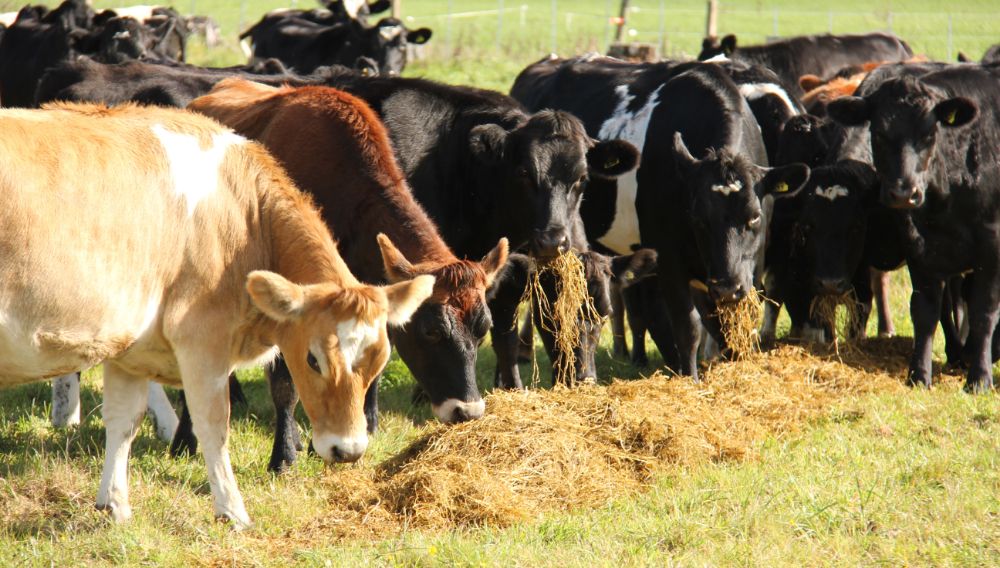
Milk production across New Zealand has shown solid growth year-on-year, with national milk solids production rising by 2.3%. The North Island led the charge with a 2.7% increase, despite a dry summer that saw many farmers drying off earlier than usual. Meanwhile, South Island production rose by 1.7%, buoyed by strong late-season performance that is expected to influence milk deliveries into May.
From a pricing standpoint, the signals are encouraging. Fonterra’s Fixed Milk Price for May 2025 was fully allocated at NZD 9.83/kgMS, reflecting solid confidence in the season ahead. The Global Dairy Trade (GDT) auction held on 7 May recorded a 4.6% increase overall, with Whole Milk Powder (WMP) jumping by 6.2% – a promising sign for farmers. This increase may have been supported by a lower volume of product being offered to the market.
On-farm sentiment remains largely positive, driven by strong milk prices and stable production levels. However, staffing continues to be a challenge across the sector, highlighting the ongoing need for both on and off-farm training opportunities.
In broader economic news, the Reserve Bank of New Zealand cut the Official Cash Rate (OCR) to 3.75% in February 2025—its third consecutive cut. A further reduction to 3% is anticipated. These cuts could lower farm costs, particularly for those with floating or maturing loans, and improve cash flow and financial planning. They also create opportunities for increased investment in technology and infrastructure. However, inflation risks remain and could offset some of these benefits by driving up farm input costs.
Globally, the dairy outlook is positive but not without its risks. China’s ongoing deflationary trend poses a concern for global demand and trade, while US – China negotiations will be closely watched for their potential impact on New Zealand’s economic stability through 2025 and 2026. In this environment, strategic financial planning – including regular monitoring and locking in contracts – will be more important than ever for maintaining profitability.
Despite these uncertainties, New Zealand’s dairy sector continues to demonstrate resilience. There is a sense of cautious optimism across the industry as we look ahead.
Tafi Manjala, AgFirst
Sheep & Beef Sector Update
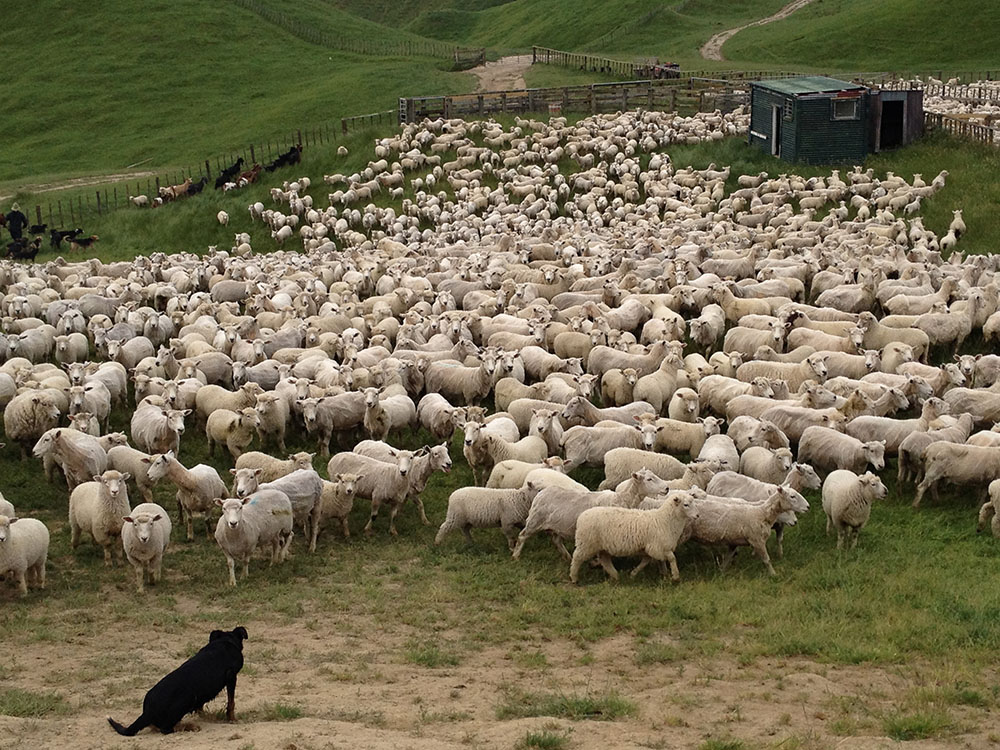
After a prolonged dry spell, recent rainfall has brought much-needed relief to many regions, though some areas experienced excessive amounts and some not enough! The combination of moisture and lingering warmth has spurred strong autumn pasture growth in most regions, providing a welcome boost for sheep and beef farmers. Seasonal activities are in full swing, with rams released for mating, stags roaring, and duck shooting underway.
The red meat sector is experiencing a notable rebound. Lamb prices have surged, with farmgate returns reaching approximately $155 per head – 20% higher than last season and 9% above the five-year average. Mutton prices are also expected to increase significantly, rising to around $90 per head, marking a 70% jump from the previous year. Beef prices remain robust, with bull prices ranging between NZD 6.00-7.20/kg, cows between NZD 5.60-6.00/kg, and steers around NZD 7.50/kg. These strong prices persist despite a 10% tariff imposed by the United States. Additionally, the ongoing US-China trade tensions have inadvertently increased shipping capacity, potentially reducing freight costs.
Despite these positive market signals, challenges remain. Farm input costs continue to rise, and interest rates, although slightly reduced to 3.5%, still exert financial pressure on farmers.
Environmental policy shifts are also impacting the sector. The government has paused the inclusion of hill country land in the Emissions Trading Scheme (ETS), and carbon credit prices have dipped below $50 in the secondary market, falling beneath the auction floor price of $65.
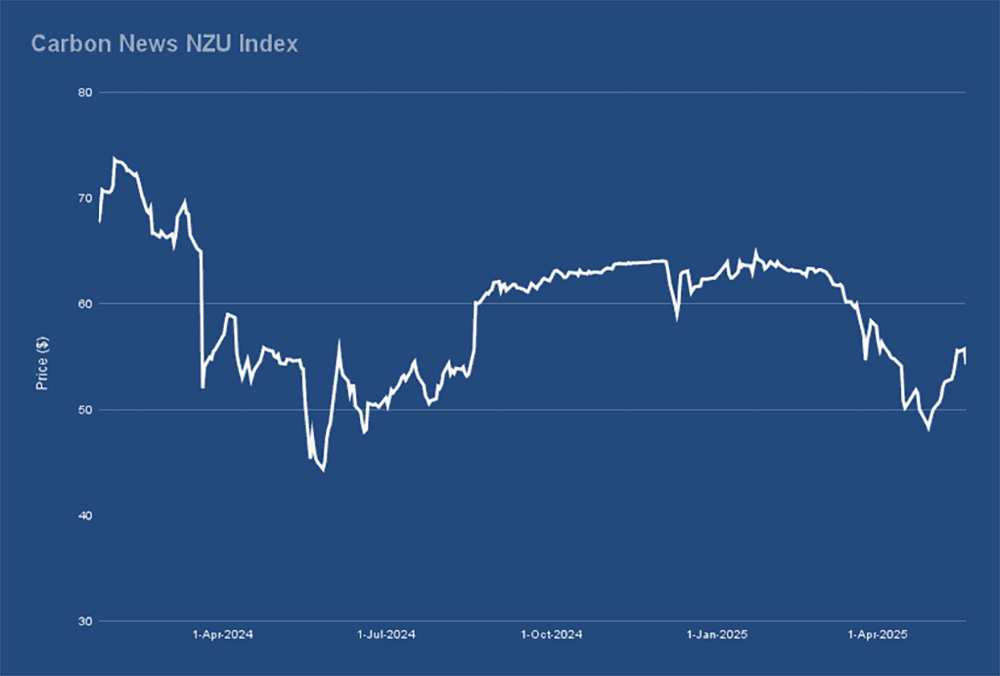
Due to the pressures, it is evident that land use change has occurred in the sector. StatsNZ recently noted that the national sheep flock has declined to 23.6 million, a 21% decrease over the past decade. The beef herd remained relatively stable at 3.7 million, while dairy cattle have decreased by 13% to 5.8 million. Deer populations have seen the most significant decline, dropping 26% to 709,000 over the same period. Additionally, the total area of grassland (excluding tussock) has reduced by 10% over the past decade, now encompassing 7.1 million hectares. Most of this land has been converted into horticulture, forestry and urban development.
On a more positive note, the wool industry is showing signs of recovery. Wool prices have increased, with crossbred fleece prices exceeding NZD 4.00/kg, reaching eight-year highs. This improvement is attributed to declining sheep numbers and reduced wool volumes, creating a competitive environment among buyers. The strong demand and favourable currency exchange rates are contributing to this upward trend, offering some financial relief to sheep farmers.
Overall, while the sheep and beef sector face ongoing challenges, including rising costs and environmental policy and trade uncertainties, the recent improvements in market prices and pasture growth provide a cautiously optimistic outlook for the remainder of the year.
Juliet Chambers, AgFirst
Horticulture Sector Update

Harvest is drawing to a close for apple growers with the last of the export picks being tidied up for late season varieties.
The Hawke’s Bay harvest experienced soft conditions providing a good harvest window resulting in good size and quality outcomes. The season saw early varieties coming off 10 days earlier than the 2024 season, attributed to the winter chill and optimum seasonal conditions. Midseason saw mild overnight temperatures resulting in a more traditionally ‘normal’ harvest timing.
The Nelson region has had a challenging harvest with two significant rain events resulting in over 200mm in the month of April.
Nationally, the crop has come off clean, up on size outcomes, with exceptional quality. Fruit is packing well, and with the first of the NZ fruit received well in market, returns are currently tracking to forecast.
Pipfruit growers are now turning their attention to setting the 2026 crop, post harvest management and preparing fallow and/or redevelopment blocks for planting over winter.
The stonefruit sector is well into their winter management with the harvest and selling season complete. Exports were over a million kgs up on the 2023/2024 season in cherries. Peaches and plums were also up on the 2023/2024 export season.
Nectarines represent low volumes of overall stone fruit exports, with volumes similar to the 2024 season. Apricots were down five tonne on the 2024 season.
In an exciting progression for the New Zealand fruit industry, Zespri has conducted their first charter powered by low-emissions fuel travelling from Tauranga to Shanghai. This is the first commercial biofuel charter for the kiwifruit industry, all in a move to reduce the carbon footprint of the kiwifruit value chain.
Zespri has also released their 2026 season OGR guidance to growers indicating strong returns for both the current forecast 2025 season, and 2026 outlook. The 2025 season has seen a positive start in market. Zespri’s ruby red has 3 million trays of New Zealand grown produce for the 2025 season, all of which was packed by the end of March.
Zespri held its SunGold Kiwifruit licence auction from 5-7 May. The restricted auction on 5 May offered 150 hectares, starting at $295,000 (excluding GST). The unrestricted auction followed on 7 May, offering 250 hectares with a starting price of $318,000 (excluding GST).
The viticulture industry has had yield caps in place over the 2025 harvest season due to unsold wine still sitting in vats at the start of the harvest season. These limits have been put in place to balance supply and demand in market, with Marlborough wine growers feeling these caps more than other regions.
Meg Becker, AgFirst
Considerations for marketers
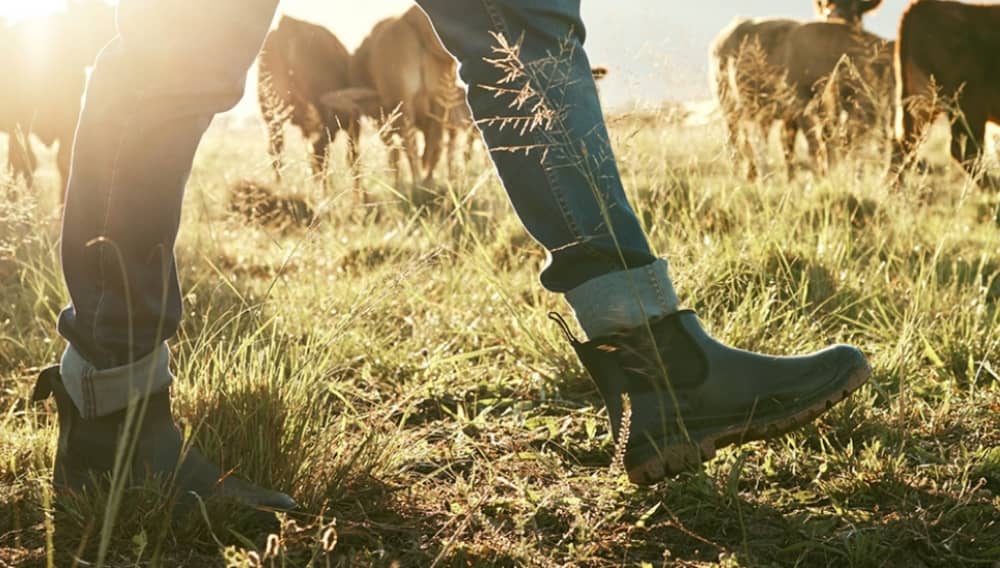
The extremely positive outlook presents both opportunities and risks for agri-marketers over the next six months. The main risk I foresee is that marketers need to remember that farming is a seasonal business, and it’s not a blanket situation across the board. Strong commodity prices don’t always mean that farmers and growers are quick to open their wallets and start spending.
For example, brands operating in the livestock sector may still be experiencing a lag in sales growth. Many farmers cleared stock during dry conditions at the end of last year and are now having to buy back new stock at much higher prices. This has the opposite effect on cashflow to what people are assuming based on market indicators. Many farmers across other sectors are also playing catch-up in necessary areas they have put off for the last few years, so my prediction is that it may be some time until we start seeing an influx of sales, particularly for luxury goods. The recommendation here is to research deeper than just commodity pricing for your target market before deploying acquisition-focused marketing activity.
Regardless, it’s safe for marketers to assume that the market will be far more receptive to marketing activity than it has been for the last few years. The challenge now will be standing out in a sea of noise, as we’ve seen unprecedented increases in brand and retail activity across the majority of agri-media platforms. This is driving up bid prices for ad space, and it’s never been more important to spend time ensuring your message or offer is impactful and relevant. For those planning on entering the market with campaign activity, here are some recommendations to stand out:
- Don’t just have a ‘we’ll say it and they’ll come’ attitude, or your campaign is likely to fall flat in such a noisy market. Look at what competitors are saying, craft your unique selling proposition, and invest the time in developing a compelling campaign message and impactful creative. This is proven to save you thousands in media spend over the duration of any campaign.
- Try to spread your campaign activity across as many media channels as possible. Recent research has indicated that a wider breadth of media channels has a direct correlation with higher reach, engagement, and overall ROI on ad spend. Note, however, that all channels still need to be relevant to, and consumed by, your target market. Don’t just pick any old channel to get the numbers up!
- Invest in a marketing platform to increase accuracy and efficiency. Honestly, if you’re an agribusiness that runs marketing programmes and don’t have a marketing automation platform embedded by now, I’d be seriously concerned as an owner or manager. The possibilities and efficiencies being created by artificial intelligence in these platforms right now are really helping smaller and challenger brands compete and win against market leaders. From dynamically redirecting content to different users, to serving multiple campaign messages and up-weighting spend to higher-performing channels, to automatically attracting, qualifying, and converting customers without the need for sales intervention – in my view, they are a silver bullet for challenger brands and helping to level the playing field.
In summary, marketers should get to work planning and executing acquisition-focused marketing programmes for the year. This includes ensuring you’ve got the right fundamentals in place and have earned the right to grow. They need to be prepared for a potential ‘long tail’ ROI and not just expect immediate sales, given the lag measures within some sub-sectors.
Kurt Sandtmann, Tracta
Insights from Singapore agribusiness tour
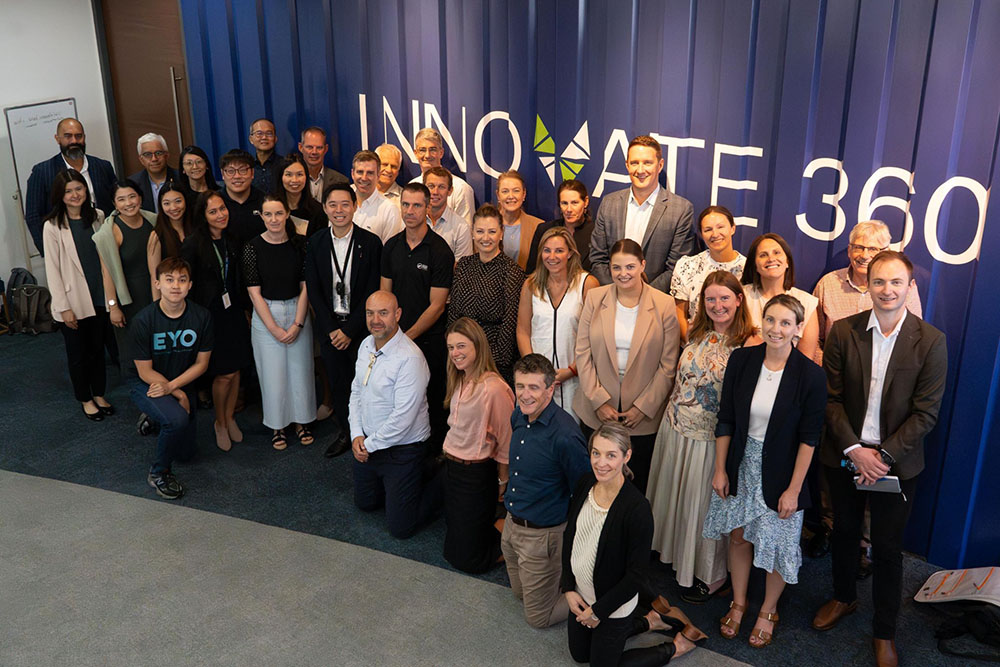
In April, I had the privilege of joining an agribusiness tour to Singapore, aimed at exploring future consumer trends in food production and supply with key Asian customers. One of the most striking insights from Singapore – a nation of six million people on a land area comparable to Lake Taupō – was the clarity of their national vision and the discipline with which it is being executed.
Singapore is working towards becoming 30% self-sufficient in food production, a goal borne out of strategic necessity following the COVID-19 pandemic, which exposed the vulnerabilities of relying heavily on imports. This goal is being pursued through investment in technologies such as vertical farming, cultured proteins, and precision fermentation.
While these developments are significant, I do not see them as a direct threat to New Zealand’s protein production systems. Rather, they are likely to serve complementary roles within the broader food supply ecosystem. Each production model will cater to distinct markets, which raises important questions for New Zealand: Which markets should we prioritise, and how will we remain competitive as the global food landscape evolves?
Beyond the formal itinerary, one of the greatest values of the tour was the opportunity to engage with motivated, like-minded individuals – those eager to challenge conventional thinking and to learn from international trends. These connections often provide the spark for practical innovation and collaborative thinking back home.
A special thanks to AGMARDT and FoodHQ for supporting this initiative.
To that end, AgFirst is committed to fostering deeper relationships between New Zealand producers and their global consumers. We believe that enhanced market engagement is essential for aligning our production with customer expectations and ensuring long-term relevance in a rapidly changing global food system.
We invite stakeholders across the primary industries to join us in strengthening these crucial connections. Together, we can support a more informed, resilient, and market-responsive future for New Zealand agriculture.
James Allen, AgFirst
From vision to value: Whangaroa Ngaiotonga Trust Farm’s rapid rise

What began as a bold vision just five years ago has grown into a shining example of Māori agribusiness success. Whangaroa Ngaiotonga Trust’s transformation of coastal hill country in Northland into a thriving, sustainable farming operation has earned them a place as a finalist in the prestigious 2025 Ahuwhenua Trophy for Excellence in Māori Farming.
AgFirst Northland is proud to have supported the Trust on this remarkable journey.
After decades of disconnection from their whenua, the Trust began farming in 2020. From a standing start, they’ve developed a highly productive and environmentally responsible dairy-beef operation, now running between 1,000 and 1,500 bulls across 450 rotational grazing cells.
With support from AgFirst farm systems consultant James Parsons, the team implemented a high-density cell grazing system that has restored pasture health without mechanical intervention. Productivity has increased significantly, and feed efficiency has improved. “This approach is not only lifting performance, it’s building resilience into the system,” says Parsons.
Trust co-chair Morris Pita acknowledged the importance of AgFirst’s contribution: “James and AgFirst have been an essential part of our journey, providing first-rate expert advice and support throughout the transformational journey we have been on these past five years as we reclaimed and reconnected with our whenua for the benefit of our people and taiao, both today and tomorrow.”
Led by co-chairs Morris Pita and Hūhana Lyndon, and farm manager Matthew Payne, the Trust has built a strong governance-management model that enables fast, informed decision-making. In just a few short years, 60ha of gorse has been cleared, 60km of fencing and 40km of waterlines installed, supplying 480 troughs. Infrastructure upgrades—supported by government funding and on-farm quarry resources – have included roads, cattle yards, staff housing, and essential sheds.
Environmental restoration has also been a key focus. Native bush and wetland areas—home to threatened species such as pāteke and matuku – have been fenced off. Fertiliser inputs are managed carefully, with light nitrogen use helping to improve pasture quality while reducing environmental impact.
The benefits extend well beyond the farm gate. The transformation has created employment, supported local education, and enabled contributions to the marae, kura, urupā, and sports teams – reconnecting the whenua with its people.
At AgFirst, we’re proud to stand alongside Māori agribusinesses like Whangaroa Ngaiotonga, helping turn bold visions into tangible outcomes. Congratulations to the Trust on this well-deserved recognition and wish them all the best for the awards dinner where the Ahuwhenua Trophy winner will be announced on Friday, 6 June in Palmerston North.




